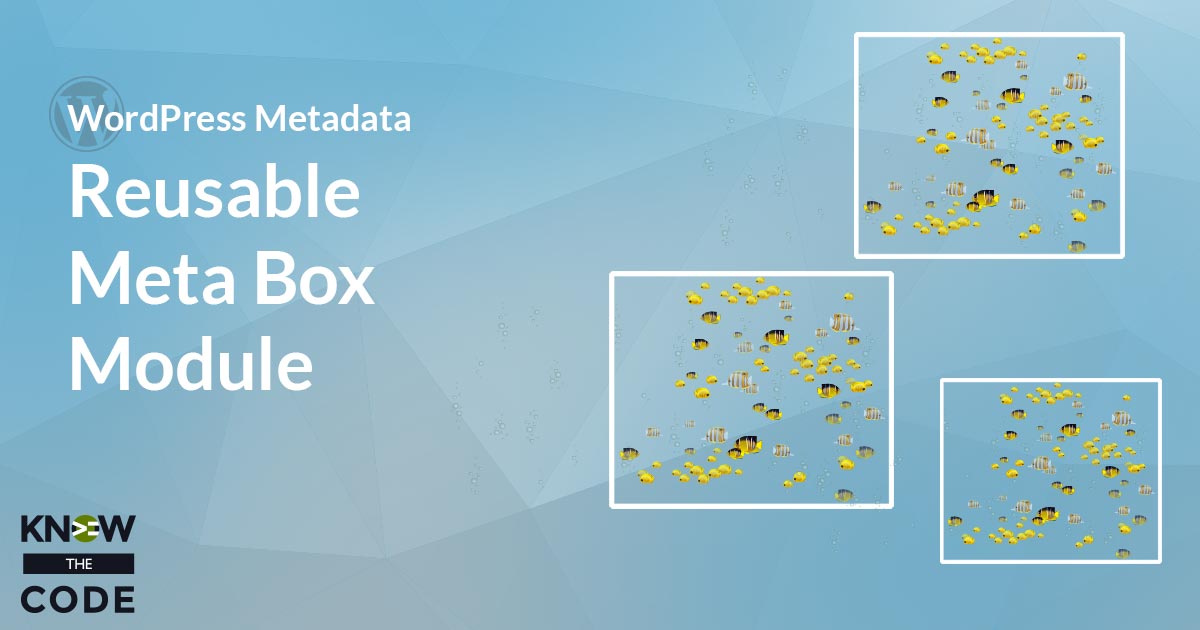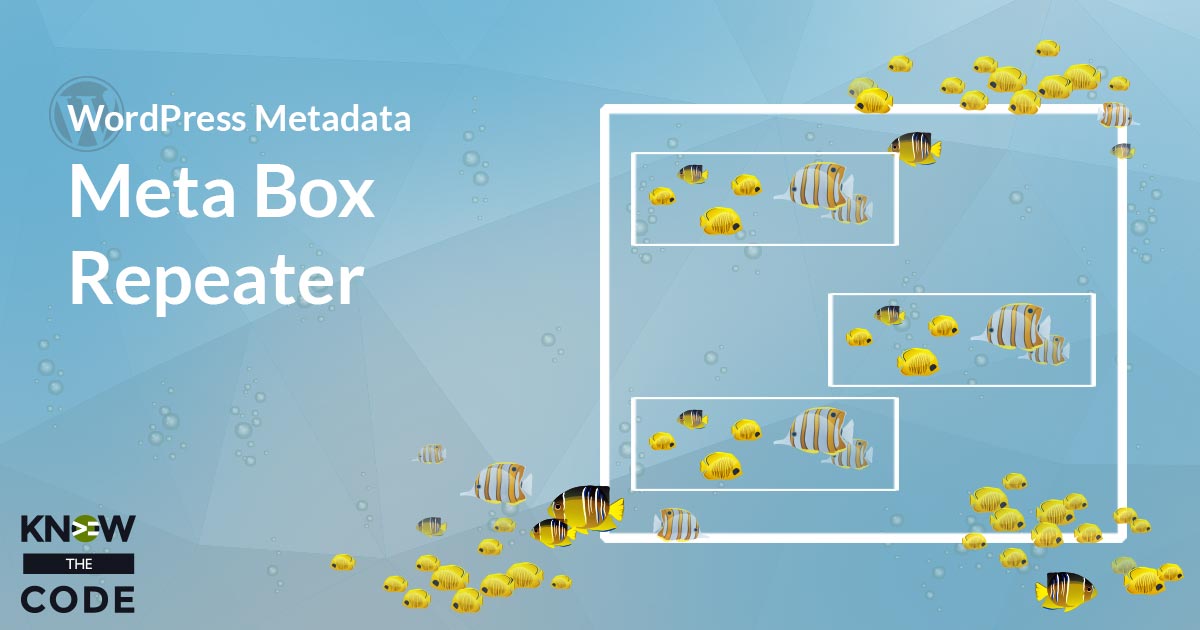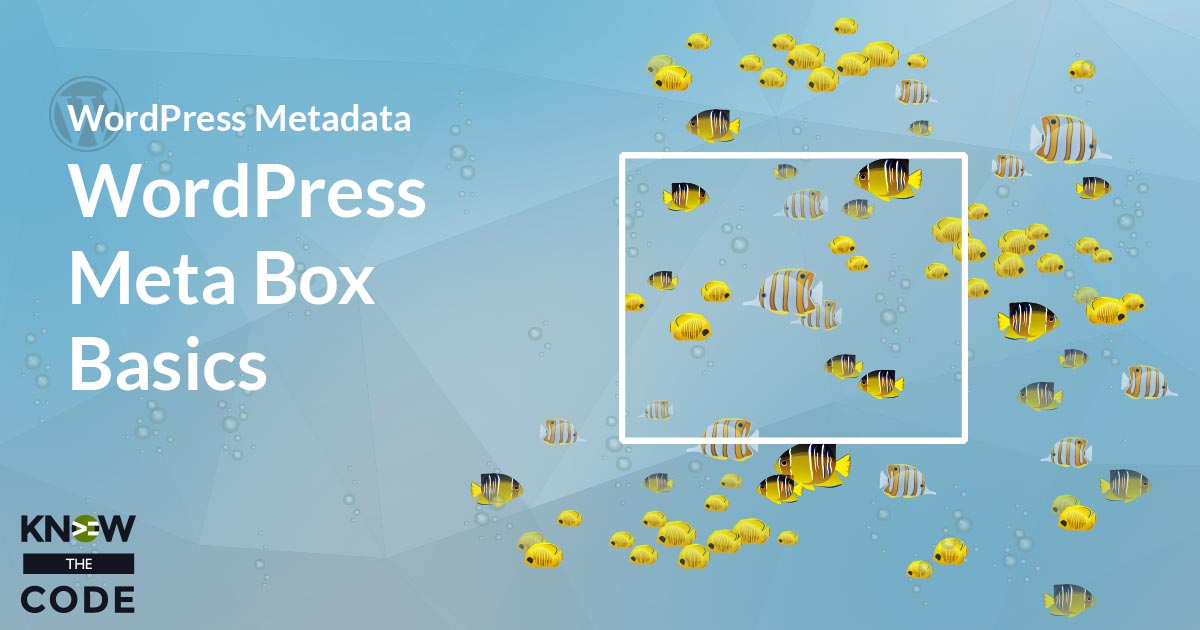WooHoo! You did it! I’m so proud of you. Whew that was a long, long lab. But it was more than just building a reusable meta box module. My intent was to help you learn about: the Reusable Mindset – developing how you think about software, quality, and costs Architecture – developing how you layout your code Advanced programming concepts for filtering, merging, recursively merging and replacing, and remapping of arrays, as well as assigning a callable to a variable and then invoking it. Tell me what you think Now I want to hear from you. What do you think? […]



